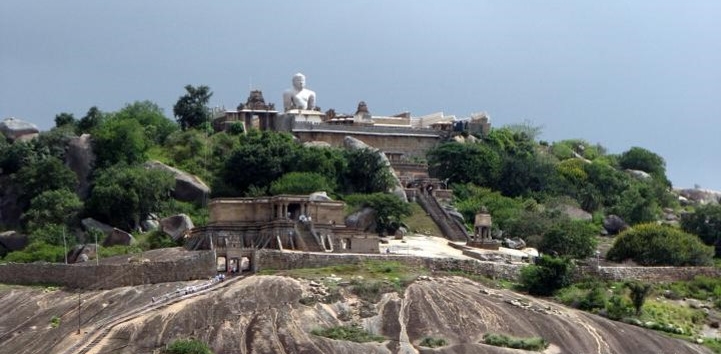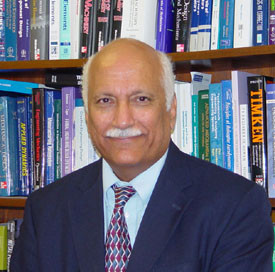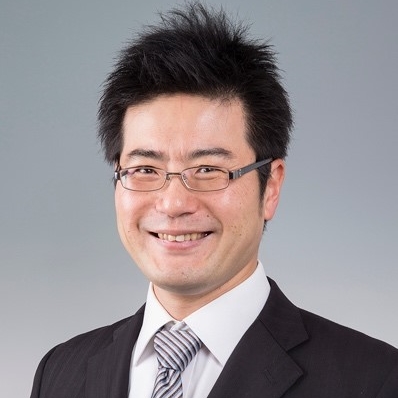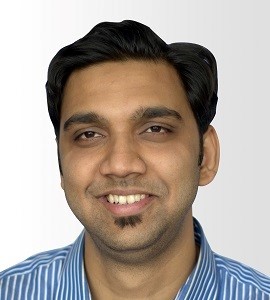Biography: Dr. M Annadurai, was Director, URSC from April 01, 2015 to July 31, 2018. Before taking over as Director, URSC, he was Programme Director for Indian Remote Sensing (IRS) and Small Satellite Systems (SSS) at URSC, Bengaluru. As Project Director, Dr Annadurai made the most crucial contribution to the realisation of India's first Lunar Mission, Chandrayaan-1, which won many appreciations and awards including the prestigious Space Pioneer Award, 2009. In 2011, Dr Annadurai became the Programme Director of Indian Remote Sensing Satellites (IRS) and Small Satellite Systems (SSS) and realised five satellite projects. His other major contribution is the realisation of the successful Mars Orbiter Mission in record time. He has been awarded the prestigious Padma Shri, 2016 for his contributions in the field of Science & Engineering by the President of India.
Title:
Abstract:
Pre-conference Symposium
Click for the symopsium schedule
Click for the session and paper details
Sponsor Talks
Conference banquet

Conference heritage-tour


Detailed Itinerary:
06:30 am Departure from Bengaluru
08:30 am Yediyur- Breakfast
09:00 am Departure from Yediyur
10:30 am Arrival to Shravanbelagola- Darshana Of Lord Bahubali (Gomateshwara)
11:30 am Departure from Shravanbelagola
01:30 pm Arrival to Belur- Lunch & Visit Hoysala Style Chennakeshava Temple
03:00 pm Departure from Belur
03:45 pm Arrival to Halebeedu- Visit Hoysala style Hoysaleshwara Temple, Shanthaleshwara Temple
04:45 pm Departure from Halebeedu
10:00 pm Tour ends at Bengaluru
Additional Information:
Distance from Bangalore: 225 kms.
Hike: The hike at Shravanabelagola is easy with clear steps (650 steps). We recommend getting a pair of socks since wearing shoe is not allowed during the hike. Additionally, carrying an umbrella or at least a hat would be beneficial if the weather is not pleasant.
Transportation: Mini Bus / Bus from Bangalore
Food: The bus will stop at clean vegetarian hotels for food breaks.
Click here for more information.
Cycle tour
 Cycling is a truly invigorating and liberating experience. On the sidelines of ASIAN MMS 2018, we will have a bicycle tour to explore and familiarize with IISc campus. The IISc campus is home to 140 species of birds, 112 species of trees and numerous other diverse species. We will discover the essence of the campus as we ride through the silent streets covered by tree canopy. For the tour, we will be using shiny green cycles that are part of a smart cycle-sharing initiative called PEDL.
Cycling is a truly invigorating and liberating experience. On the sidelines of ASIAN MMS 2018, we will have a bicycle tour to explore and familiarize with IISc campus. The IISc campus is home to 140 species of birds, 112 species of trees and numerous other diverse species. We will discover the essence of the campus as we ride through the silent streets covered by tree canopy. For the tour, we will be using shiny green cycles that are part of a smart cycle-sharing initiative called PEDL.Details of the tour:
Date – 18-12-2018 (Tentative)
Duration – Maximum of 60 mins
Origin and Destination: Centenary Visitors’ House
Distance covered – 5 km (within the campus)
Fees – Nil
Things to carry – water














